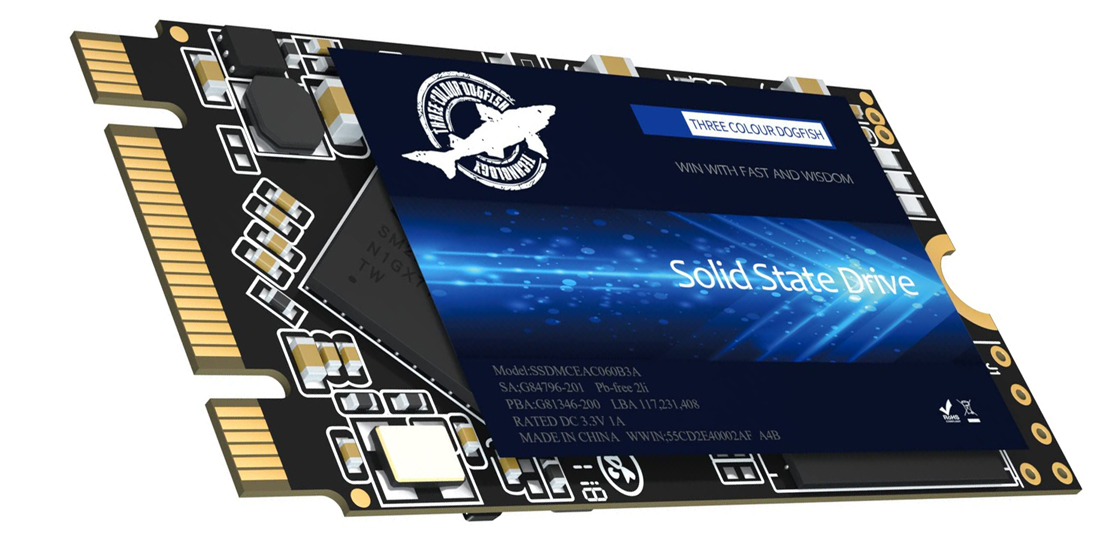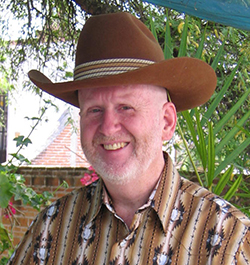
*
December 3, 2023
by Charles Miller
In life it sometimes happens that just when you think you have learned the correct way to do something, then the rules change. In my youth I was taught all the proper rules of the road before getting my first driver’s license. Then the next vacation I took was to the British Isles where everyone drove on the wrong side of the road.
Several weeks ago in this column I offered some tips on the correct way to treat your rechargeable batteries. Battery technology has changed. Twenty years ago the instructions for your laptop or cell phone might have said that you should use the battery until it was fully discharged before recharging it. That was true THEN but not now. Read the fine print of the instruction book, assuming you can even find an instruction book for your laptop or smart phone, and it will warn you that you should avoid discharging the battery fully. I say never to let your rechargeable battery go completely flat. If you treat modern lith-ion batteries the way you used to treat the old nickel-cadmium batteries of years ago you may end up destroying your new battery.
Technology changes, and you need to lose the old habits you used to use for the old technology or risk doing damage to your devices. This applies to rechargeable batteries, and also applies to the Solid State Drives (SSDs) the subject of this column two weeks ago.
Solid State Drives used in laptops, tablets, and smart phones have no moving parts but rather store your data in the form of binary data bits inside silicone chips. The best way I know how to describe this is that these chips are like a sheet of paper on which you can record data by using a needle to poke a small hole in the paper. After punching a few trillion or quadrillion holes there is just no more place on the paper to punch another hole; when that happens to a SSD it is dead.
Perhaps now you can understand that unnecessarily writing to a SSD is not a good thing, and minimizing the use of the disk is a good thing. For your computers, an important old habit to lose is the practice of defragmenting your hard drive. First, there is no longer any advantage to be gained by defragmenting a SSD. Second, if you continue your old habit of defragmenting the drive you will be hastening the day it wears out. The only exception to this is that on very rare occasions defragmentation can sometimes help squeeze a few more hours life out of a failing SSD; sometimes long enough to backup your data.
There are some high-end systems, mostly desktop computers, that now come with two disks; one SSD and one conventional spinning drive. The concept is that the faster SSD is used for the Operating System and programs, while the slower and more reliable spinning drive is used to store your valuable documents, pictures, etc. If you have one of these high-end computers you need to be aware that the two types of disks need to be treated each according to its type.
Taking time to learn and follow the preceding suggestions can help earn you extra years use from your rechargeable batteries and your SSDs.
**************

Charles Miller is a freelance computer consultant with decades of IT experience and a Texan with a lifetime love for Mexico. The opinions expressed are his own. He may be contacted at 415-101-8528 or email FAQ8 (at) SMAguru.com.
**************
*****
Please contribute to Lokkal,
SMA's online collective:
 ***
***
Discover Lokkal:
Watch the two-minute video below.
Then, just below that, scroll down SMA's Community Wall.
Mission

Visit SMA's Social Network
Contact / Contactar

